Untrained humans usually have a reaction time of 200 to 300 milliseconds, while humans blink at about 100 milliseconds. However, many animals are much faster than humans. Today, I have compiled a list of the top ten most responsive animals in the world, including Camilla ants, splay-necked spiders, big-toothed ants, hummingbirds, aquarium/portuguese-man-of-war.html">Portuguese man-of-war jellyfish, fleas, flies, etc. Let's take a look at these amazingly fast animals!
1. Camilla ants (0.023 milliseconds to complete a bite)
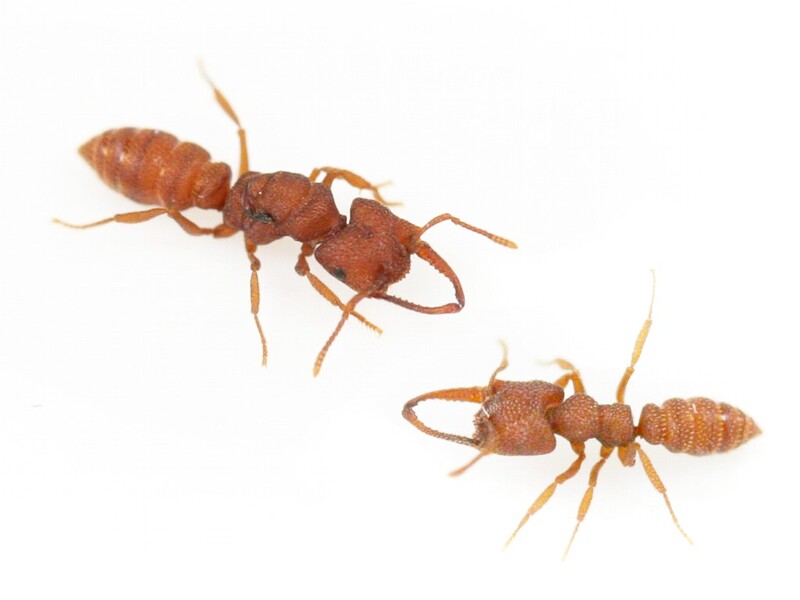
Camilla ants, also known as vampire ants, are mainly distributed in Australia, Southeast Asia and tropical Africa. They are the animals with the fastest known limb opening and closing speed. From rest to fully opening the jaws, the process takes only 0.000015 seconds, equivalent to 320 kilometers per hour, which is 5,000 times faster than the speed of a human blink.
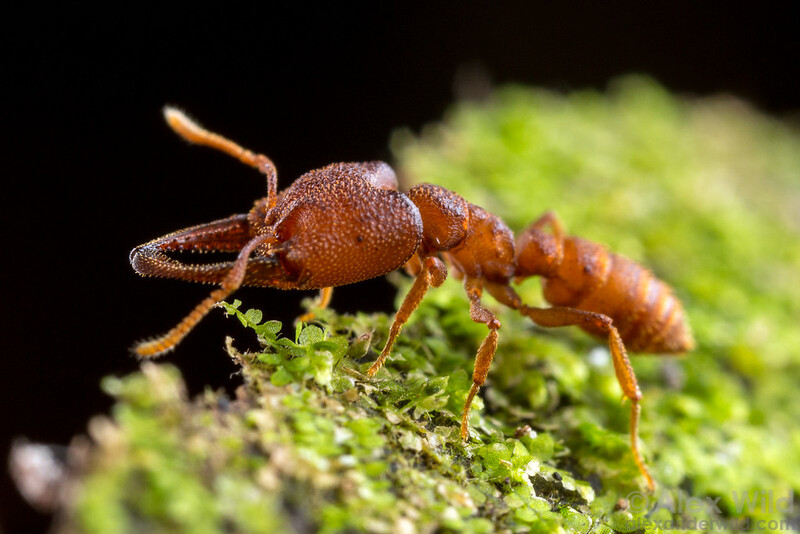
These ants not only bite extremely quickly, but also have a strong impact force, which can stun termites and other large insects at a short distance. As of 2024, Camilla ants still rank first among the fastest animals in the world.
2. Spread-necked spiders (0.07 milliseconds to complete a bite)
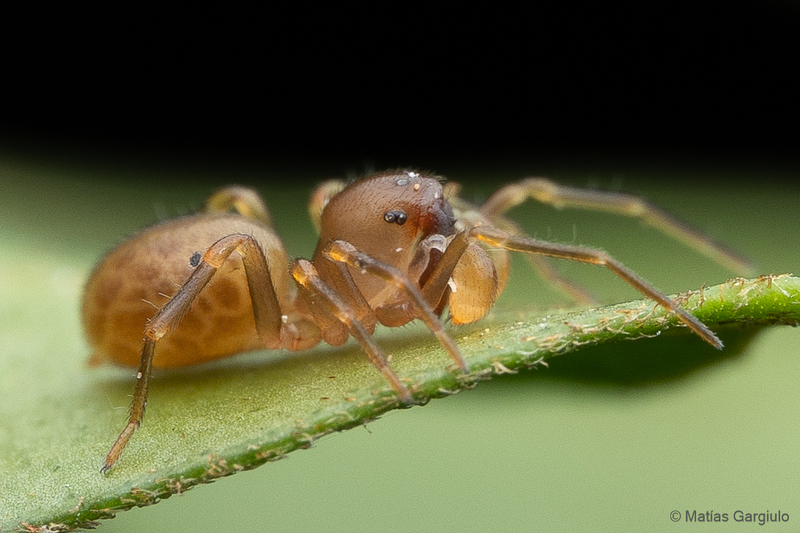
Spread-necked spiders have topped the animal sensitivity rankings for two consecutive years. In 2016, Current Biology, a subsidiary of the well-known journal Cell, published a research paper that used high-speed photography technology to conduct detailed measurements of the bite speed of the Spread-necked spiders.
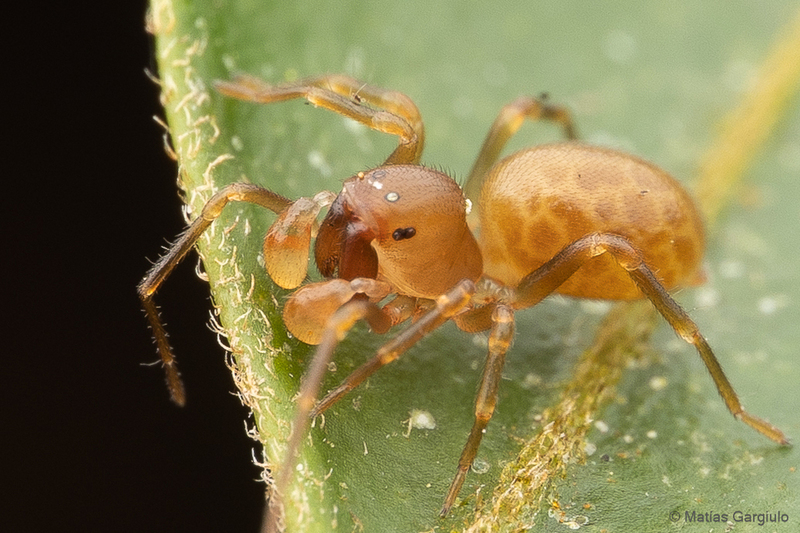
Research has found that the splay-necked spider can complete a bite in 0.12 milliseconds (the average speed of three individuals, the fastest record is 0.07 milliseconds). The force exerted by its most violent attack is about 200 times the maximum force of human leg muscles when jumping, successfully breaking the record held by the big-toothed ant for 10 years.
3. Big-toothed ant (bite prey in 0.13 milliseconds)
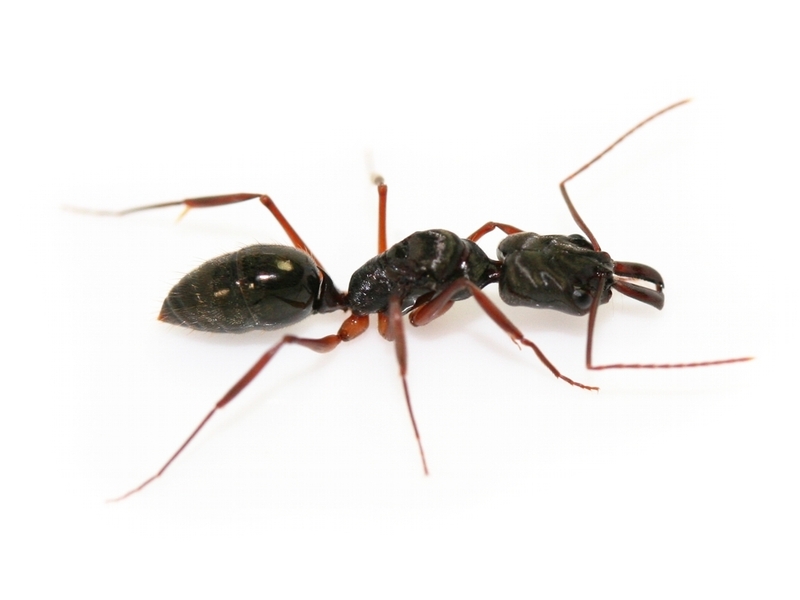
The big-toothed ant was once the champion of animal nerve reaction speed, and this record was maintained for 10 years. Scientific research shows that it is one of the fastest attacking animals on earth and a very lethal species in the ant family. The big-toothed ant can close its mouth and bite its prey in 0.13 milliseconds, which is 2,300 times faster than a human blink.
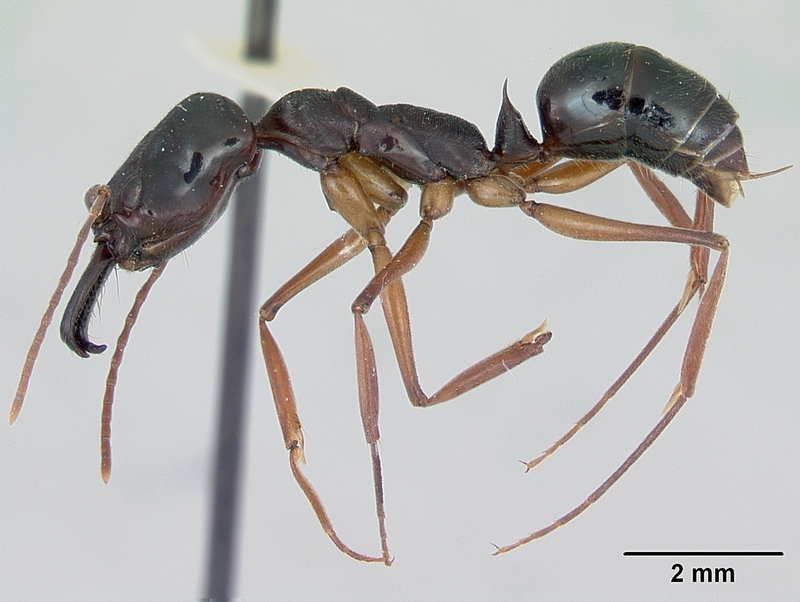
Not only that, these ants' bites are not only fast, but also extremely powerful. Although they weigh only 12.1 to 14.9 mg, the bite force of their upper and lower jaws can reach 300 times their body weight each time they close their mouths. If we use a vivid metaphor to illustrate the speed at which the upper and lower jaws of the big-toothed ant close, it is equivalent to closing at a speed of 125 to 233 kilometers per hour.
4. Hummingbird (take off within 0.2 milliseconds)
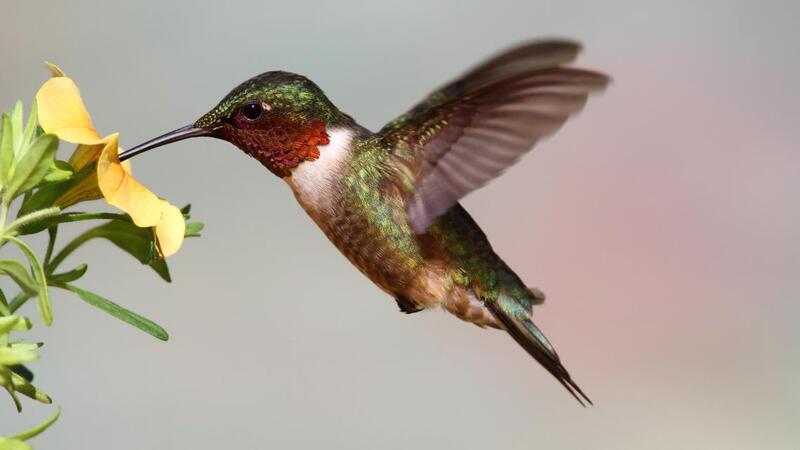
Hummingbirds are not only one of the smallest birds in the world, but also one of the fastest animals to react. They can fly at speeds of up to 90 kilometers per hour, and can even exceed 100 kilometers per hour when diving. Hummingbirds have an extremely high metabolic rate, one of the fastest of all animals, and their heartbeats can reach 500 beats per minute. Muscle contraction for flight takes only 8 milliseconds, and each flap of the wings takes 16 milliseconds.

When in danger, the muscle reaction speed of hummingbirds is 4 to 10 milliseconds, and in extremely dangerous situations, hummingbirds can jump at a speed of 0.2 milliseconds, and their movements are so fast that the naked eye can hardly catch the pause.
5. aquarium/portuguese-man-of-war.html">Portuguese man-of-war (attack within 1 millisecond)
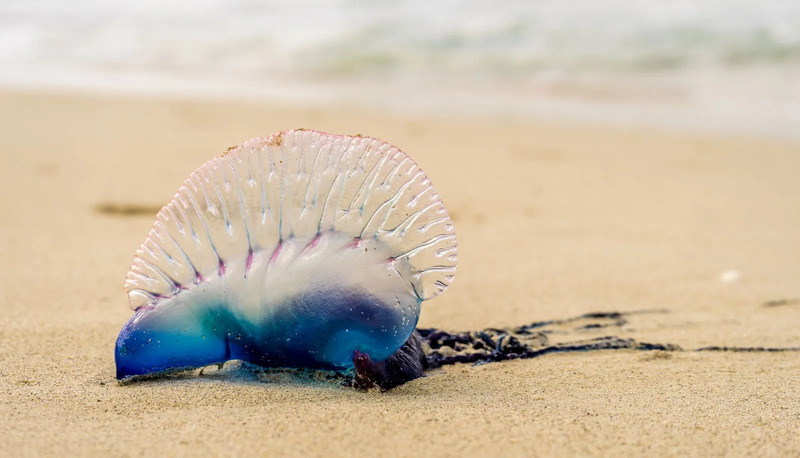
aquarium/portuguese-man-of-war.html">Portuguese man-of-war is one of the fastest-reacting animals, with powerful muscles to respond to the instructions of the nervous system. Their slender tentacles swaying in the sea can be up to 30 meters long, and each tentacle is densely covered with thousands of cnidocytes. Once a small fish touches these deadly tentacles, the spring-like stinging wires originally coiled in the cnidocytes will quickly shoot out within 1 millisecond, releasing highly toxic neurotoxins, making the prey instantly incapable of action.
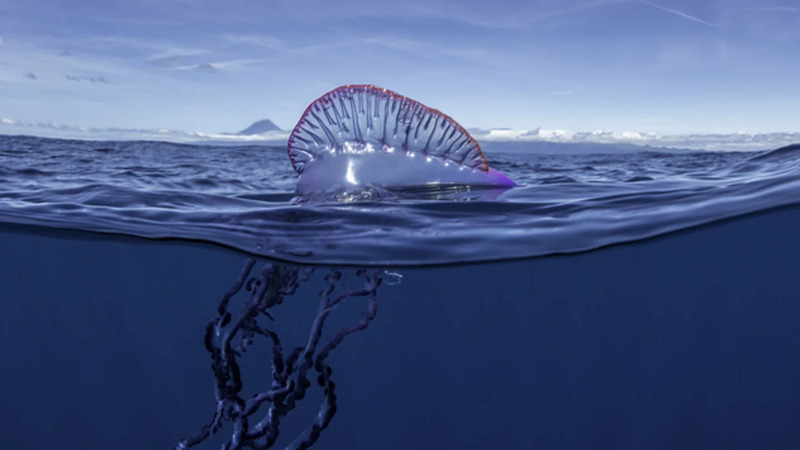
The paralyzed fish will be gradually pulled closer, and the trophic body of the Portuguese man-of-war will secrete digestive juices for digestion and absorption. This "biological weapon" makes the Portuguese man-of-war an excellent hunter in the ocean.
6. Fleas (reaction speed within 2 milliseconds)
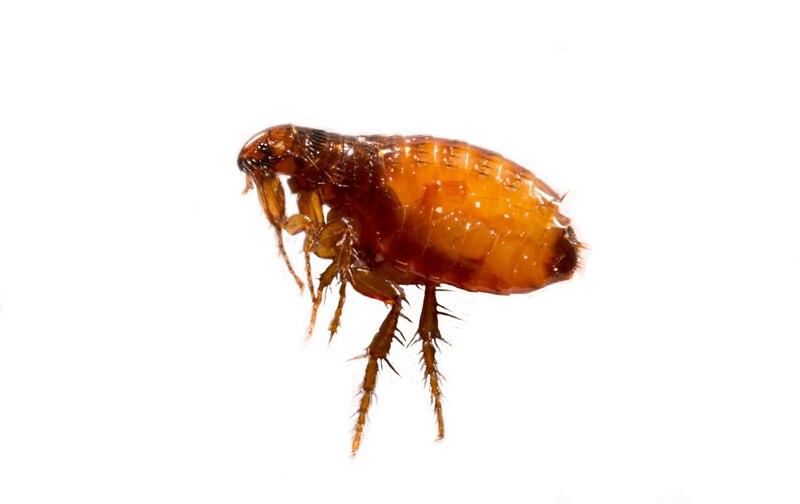
Among the top ten animal sensitivity rankings, fleas are undoubtedly the most troublesome pest. This insect is widely distributed around the world, and there are currently 2,500 known species, of which about 650 species are found in China. Both male and female fleas are blood-sucking creatures, extremely sensitive to temperature, and will only parasitize when the host's body temperature is normal. If the host's body temperature rises due to illness or drops after death, the fleas will quickly move to other hosts to continue sucking blood. Therefore, fleas on dogs, cats, mice and other animals may jump to the human body to suck blood.
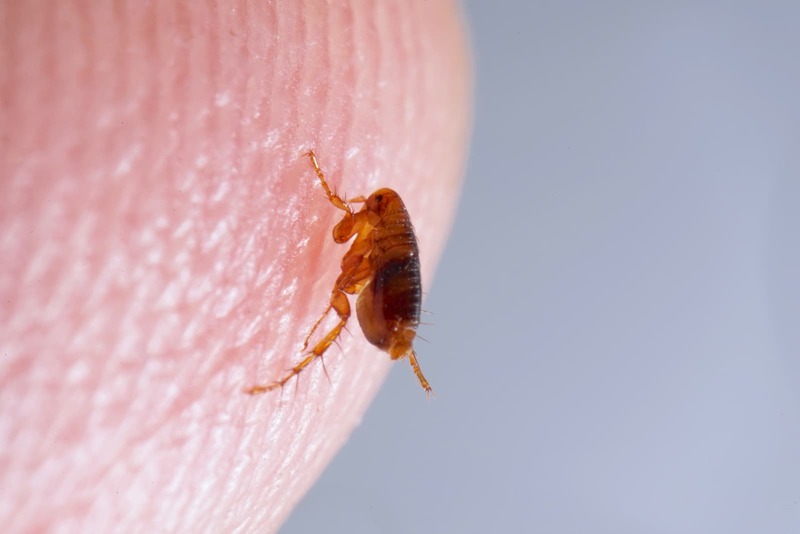
According to biological research, the reaction speed of flea back muscles can be within 2 milliseconds, and the thighs contain highly efficient elastic proteins, which give them extremely strong instantaneous explosive power, thus achieving amazing jumping ability, and can easily "jump back and forth" between hosts.
7. Flies (7 milliseconds to take off)
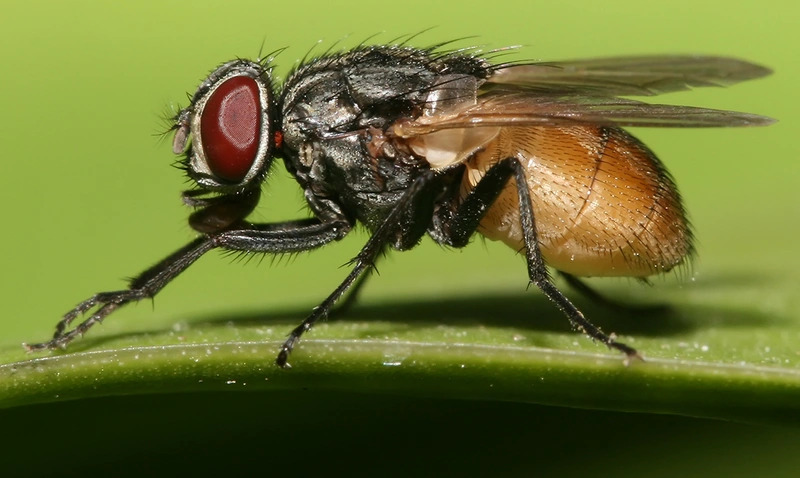
In the list of the most flexible animals, flies are definitely on the list, and are called "little elves that can never be hit." Scientists used a high-speed camera with 3000 frames per second to record the moment of fly takeoff and found that the takeoff speed of houseflies is about 5 times that of ordinary flies, and the whole process only takes a few milliseconds. Even the most "clumsy" flies have a takeoff speed of no more than 39 milliseconds, while the takeoff time of common flies generally does not exceed 14 milliseconds. When a fly takes off, it only needs to flap its wings four times to get airborne, which means that humans must complete the "killing" action within 7 milliseconds to hit it.
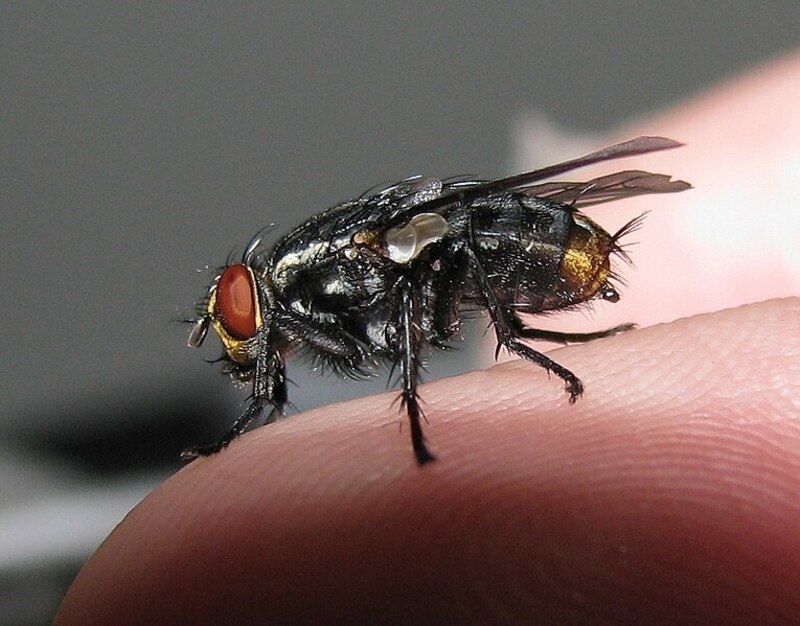
However, this is almost impossible, because humans perceive the outside world at a frequency of about 60 Hz, while flies perceive at a frequency of up to 250 Hz, which means that they receive four times more information per second than humans. Therefore, flies react much faster than humans, and it is this "advanced" perception and reaction that makes them veritable "dodge masters."
8. Star-nosed Mole (the fastest mammal)
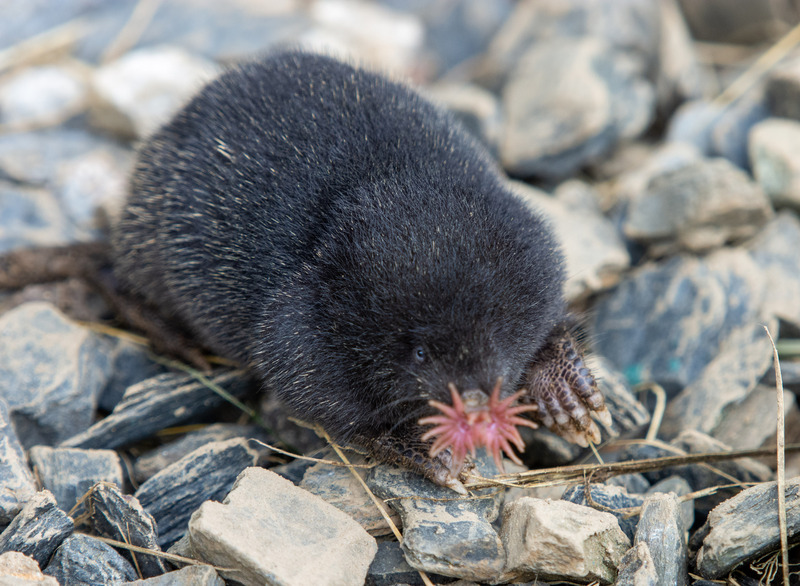
Among mammals, the star-nosed mole is recognized as the most sensitive hunter. There are 22 tentacles around the tip of its nose, radiating like star rays, hence the name "star-nosed mole". These tentacles can help it find prey accurately in a completely dark environment, and its detection ability is several times that of ordinary moles that rely on smell to hunt. The star-nosed mole's perception system is extremely sensitive and can detect tiny movements within 8 milliseconds. It is certified by the Guinness World Records as one of the fastest predators.
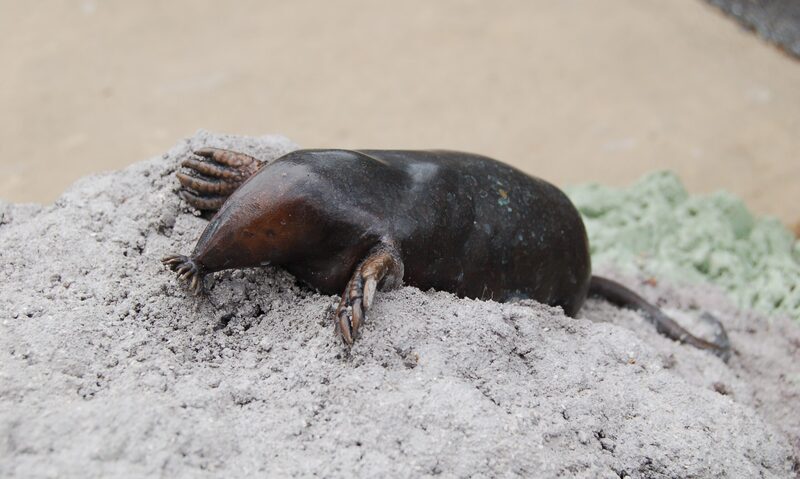
The star-nosed mole's nose tentacles are distributed with more than 100,000 surface nerve endings, which enables it to show amazing speed and efficiency when hunting. When capturing small prey, the whole process from the tentacles sensing the prey to successful capture only takes 0.2 seconds to 1 second.
9. Cockroach (hip muscle reaction time is 4-10 milliseconds)
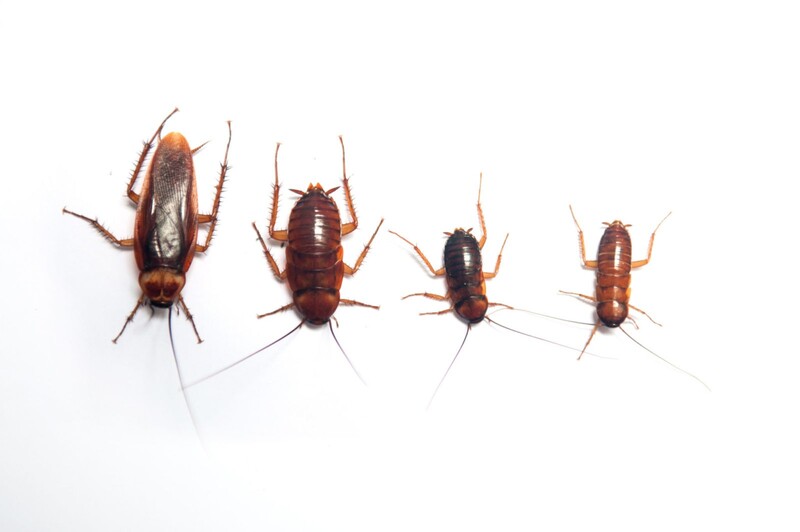
Among all the sensitive animals, cockroaches are definitely one that people avoid. They have a pair of slender antennae, which are covered with olfactory receptors that can detect odor molecules at concentrations of only one part per million. In addition, each cerci has up to 220 fine hairs, which form highly sensitive wind receptors.

When people try to catch cockroaches, the flow of air activates the cerci at the end of its tail, which acts as a complex vibration detection device that can accurately determine the direction of external stimuli. Cockroaches have extremely fast escape reactions, and their hip muscles react in only 4-10 milliseconds, allowing them to make lightning-fast escape movements in a very short time, which is one of the reasons why people often "miss".
10. Lizard (10 milliseconds to react to fast-moving objects)
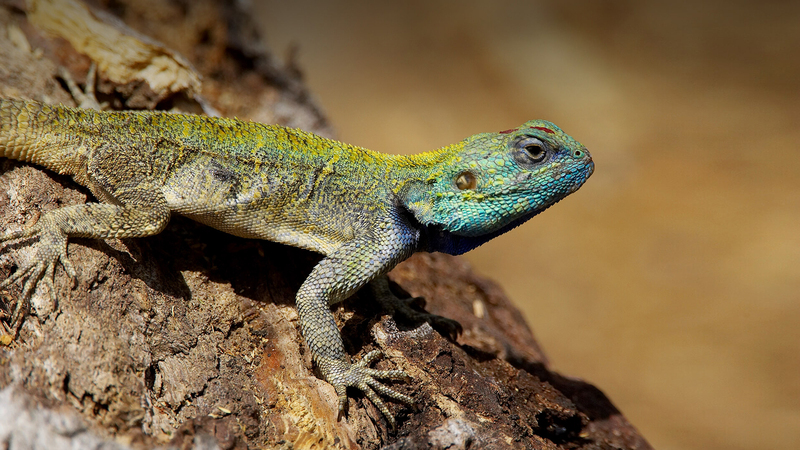
Lizards are reptiles with magical characteristics, famous for their agile movement speed, and are known as the "sprinters" of the animal world. Although they are cold-blooded animals, lizards have a relatively slow metabolism, but they can complete a series of amazing evasive actions in a very short time, thus successfully avoiding the pursuit of natural enemies.
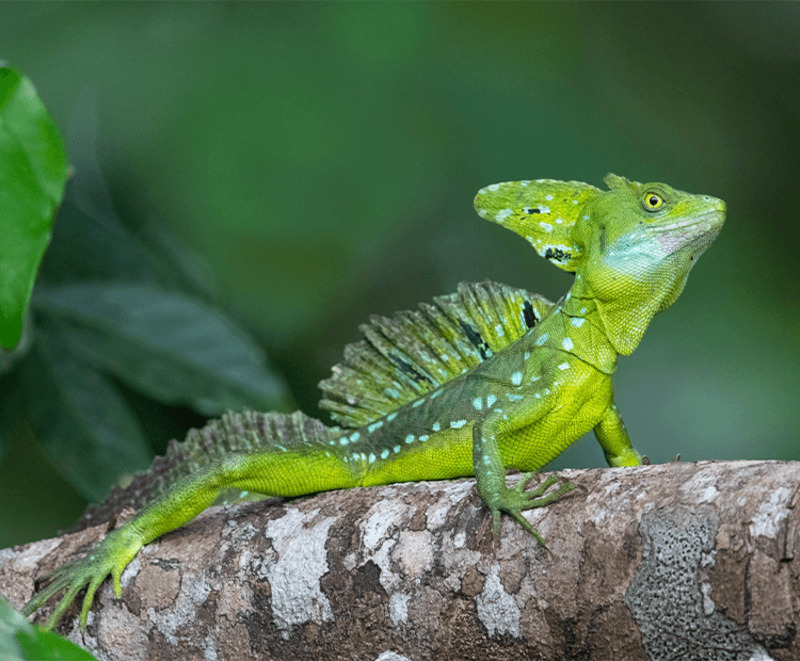
Lizards are not only agile, but also have excellent vision and hearing. They can sense the smell and track the location of prey through their long tongues. At the same time, they rely on their keen vision to lock the direction and dynamic changes of their natural enemies, and can respond accurately to fast-moving objects within 10 milliseconds, so as to quickly attack and hunt.
The top ten most sensitive animals in the world are mainly based on the reaction speed of animals and comprehensively refer to the relevant rankings/lists on the Internet for recommendation. The data is as of January 14, 2025. Only the relevant list is counted for reference only. Comments and corrections are welcome at the end of the article!
animal tags: Mystrium camillae spread-necked spider big-toothed ant hummingbird Portuguese man-of-war flea fly star-nosed mole cockroach lizard
We created this article in conjunction with AI technology, then made sure it was fact-checked and edited by a Animals Top editor.